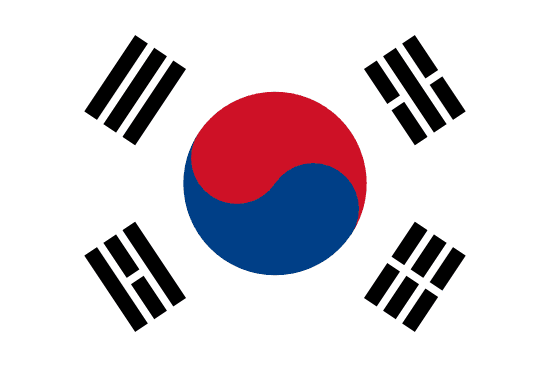"행복도시 수원 | Happy City Suwon"
About:
Suwon, South Korea, was founded in 1796 during the Joseon dynasty. King Jeongjo constructed the Hwaseong Fortress, a UNESCO World Heritage Site, to honor his father. The city played a significant role in the Korean War, undergoing several shifts in control. Post-war, Suwon saw rapid industrialization and growth, becoming a major South Korean metropolis. Today, it's known for its rich history, technology industry, including Samsung's headquarters, and Suwon Samsung Bluewings football team.
When to visit:
The ideal time to visit Suwon, South Korea, on a holiday is during the spring or autumn seasons. Spring, from March to May, offers mild temperatures and blooming cherry blossoms, creating a picturesque and pleasant atmosphere for sightseeing and outdoor activities. Autumn, from September to November, showcases stunning foliage colors, making it a popular time for visitors to enjoy the city's parks and historic sites. Avoid visiting Suwon during the summer months, as the high humidity and heat can make outdoor exploration uncomfortable.
When to avoid:
The worst time to travel to Suwon, South Korea on a holiday is during the peak of summer, typically from June to August. This period experiences high temperatures and humidity, making outdoor activities uncomfortable for many travelers. Additionally, these months coincide with the monsoon season, bringing heavy rainfall and potential disruptions to travel plans. It is advisable to avoid visiting Suwon during this time if you prefer more temperate weather conditions and a more enjoyable travel experience.
Winter Season (Dec-Feb)
In Suwon, South Korea, winter (December to February) is the coldest season, with temperatures dropping to an average low of -10°C. Snowfall is common, blanketing the city in a white layer. Days are short with an average of 5 hours of sunlight. The sky is often overcast, adding to the chill. For a visitor, an average day would involve bundling up in warm clothes. Outdoor activities could include snowball fights or building snowmen, while indoor pursuits might involve visiting local museums or enjoying hot Korean cuisine.
"Suwon Summer (June-August)"
In Suwon, South Korea, the warmest part of the year is from June to August, with July being the hottest month. During this period, the average high temperatures range from 27°C (80°F) to 31°C (88°F) and the average low temperatures range from 19°C (66°F) to 23°C (73°F).
This period is also the monsoon season, with July receiving the highest rainfall, averaging around 328mm. The humidity is relatively high, often exceeding 80%, making the weather feel hotter and more oppressive than the actual temperature.
Sunlight varies, with June having the longest daylight hours of approximately 14.5 hours per day, and it decreases slightly in July and August. Despite the rainfall, there's still a reasonable amount of sunshine, but the skies can often be partly to mostly cloudy due to the monsoon influence.
For a visitor, a typical day during this period would start warm and can become quite hot by the afternoon. The humidity can make it feel muggy and uncomfortable, especially during and after the rain. It's advisable to carry an umbrella or raincoat due to the frequent rain showers. Despite the rain, you can still expect several hours of sunshine, making it a good time for indoor as well as some outdoor activities.
Language:
In Suwon, South Korea, the most commonly spoken language is Korean. As the official language of the country, it is used in daily communication, business, education, and media. Some residents may also speak English, primarily due to its emphasis in the educational curriculum. However, Korean remains the primary language for the majority of the population.




